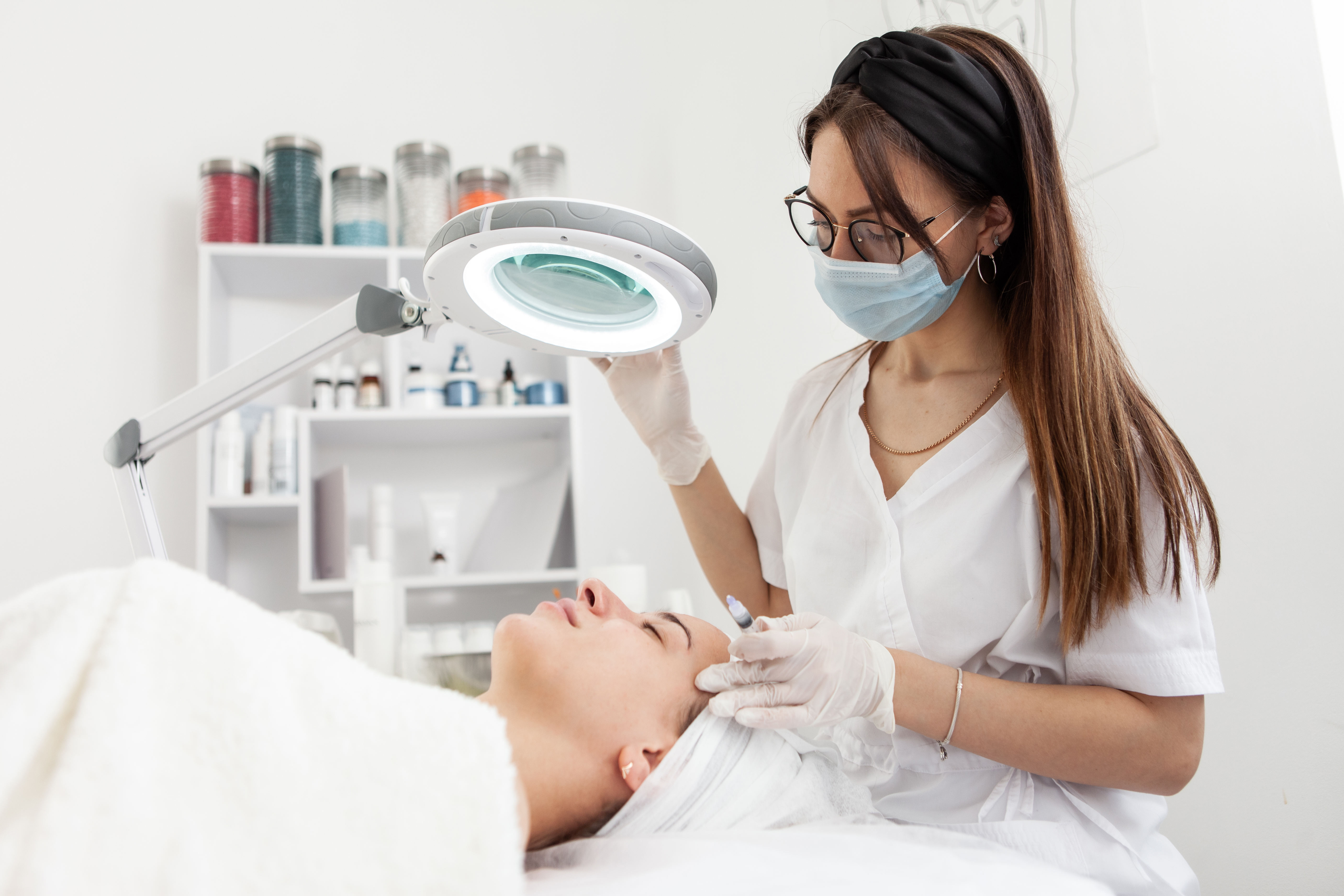
Spring Allergies (Allergic Rhinitis): Symptoms and Prevention Tips
With the arrival of spring, changes in nature can trigger an increase in allergic reactions for many people. Spring allergies, medically known as allergic rhinitis, commonly appear during periods of high pollen concentration and can significantly affect quality of life.
Symptoms of Allergic Rhinitis Allergic rhinitis occurs when the immune system overreacts to harmless substances such as pollen. The most common symptoms include a persistent runny nose, nasal congestion, sneezing, itchy and watery eyes. Some individuals may also experience throat itching, coughing, and headaches. These symptoms are often more intense in the early morning hours.
Who Is at Risk? • Individuals with a family history of allergies
• Those with allergic conditions such as asthma or eczema
• People living in regions with high pollen levels
• Children and young adults
Prevention Tips There are several simple yet effective ways to protect yourself from spring allergies. On days with high pollen levels, windows should be kept closed, and when going outside, wearing sunglasses and a mask is recommended. After returning home, changing clothes, taking a shower, and washing hair help remove pollen from the body. Using air conditioning systems with HEPA filters can also help improve indoor air quality.
Treatment Methods Treatment for allergic rhinitis typically includes antihistamines, nasal sprays, and eye drops. In more severe cases, immunotherapy (allergy shots) may be recommended. The treatment plan should be personalized and managed by an ENT (Ear, Nose, and Throat) or allergy specialist.
When to See a Doctor If the symptoms interfere with daily activities, disrupt sleep, or persist for an extended period, it’s time to consult a specialist. Particularly, if symptoms like shortness of breath, wheezing, or persistent coughing are present, further investigation may be needed to rule out underlying health conditions.
Tusa Hospital



